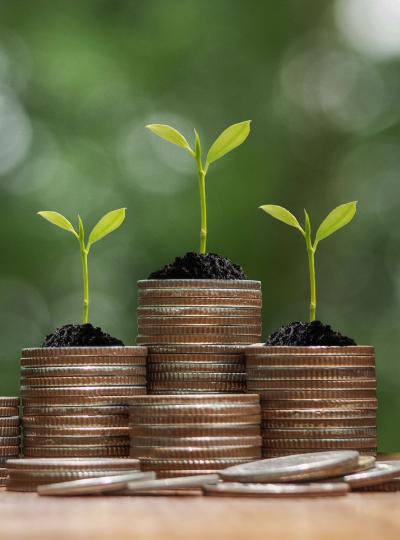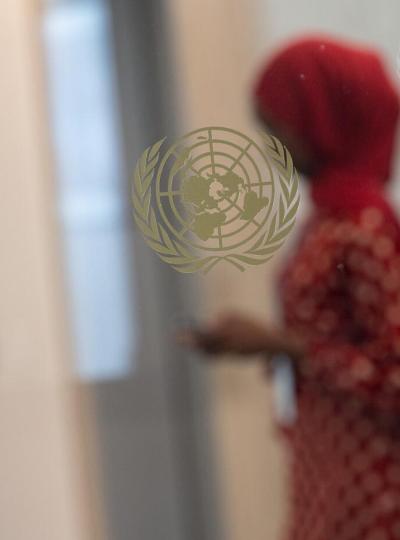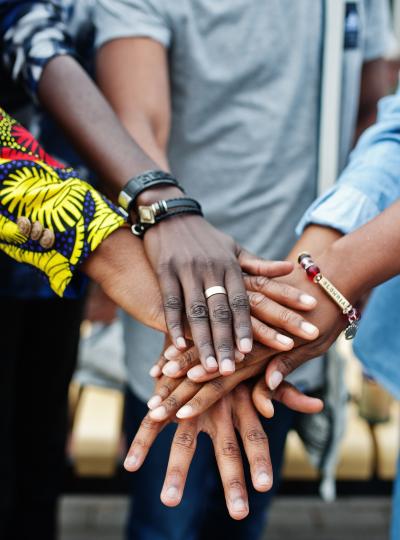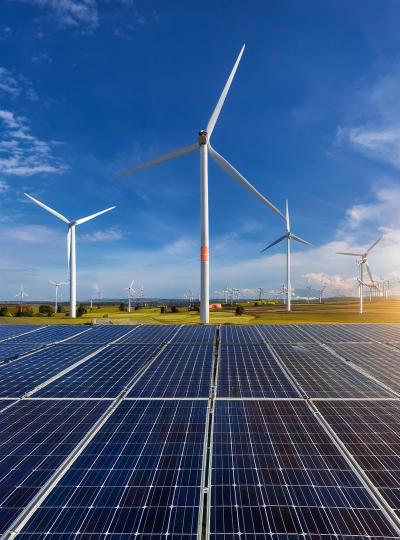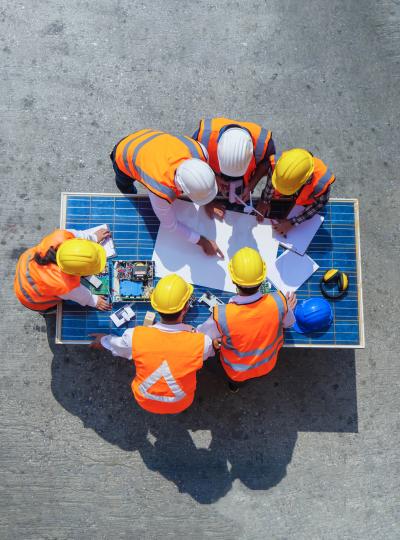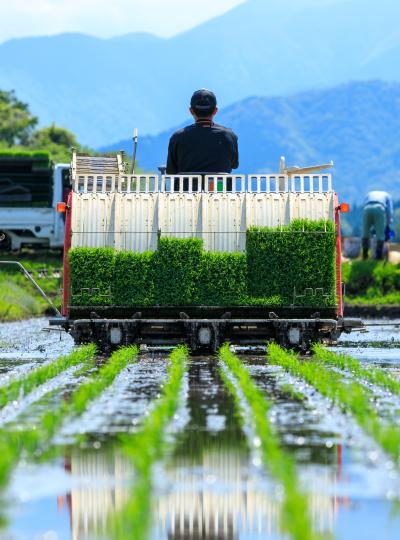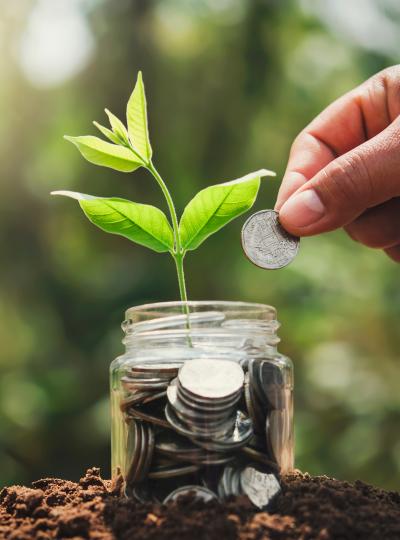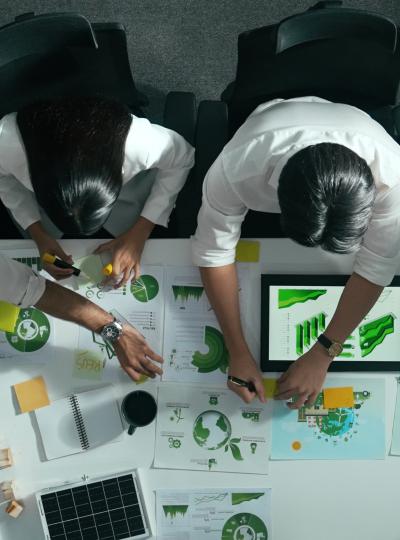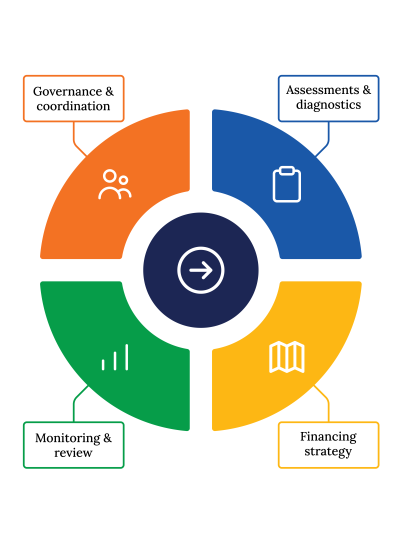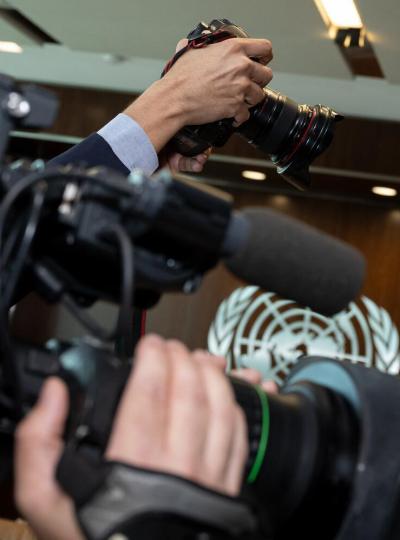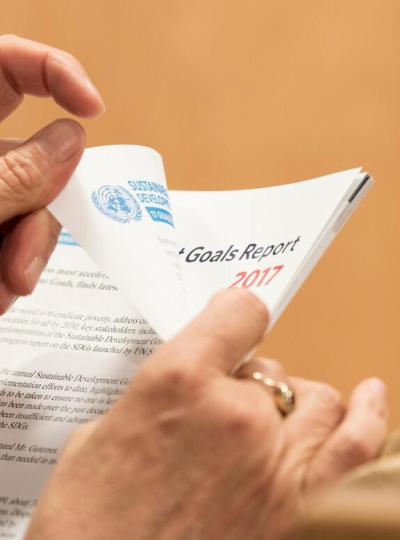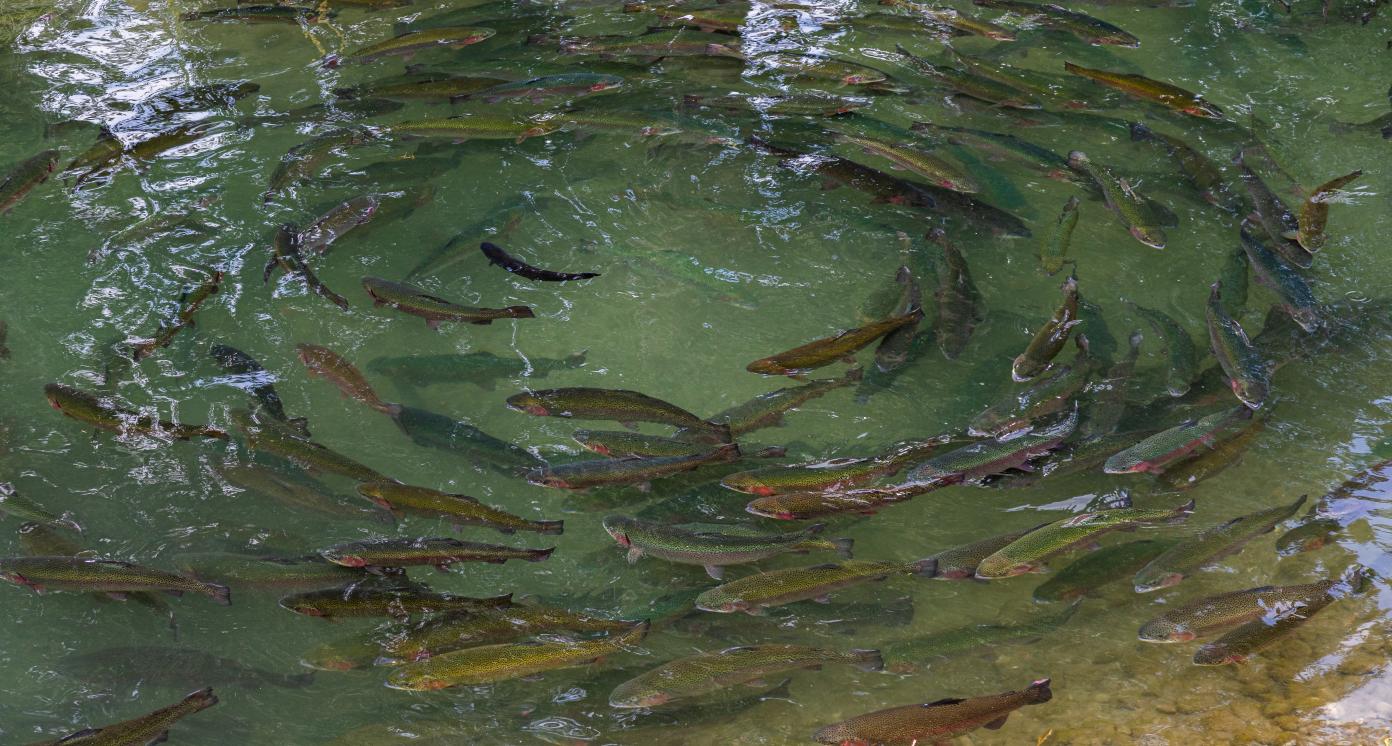Aquaculture Supply-chain Management
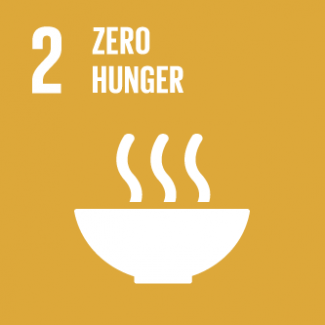
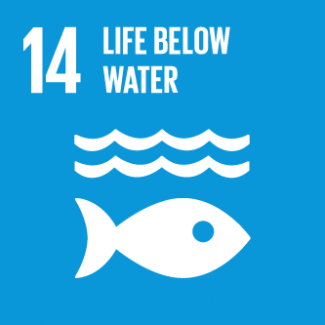
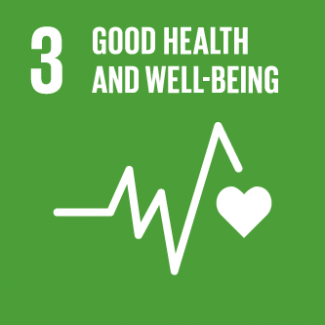
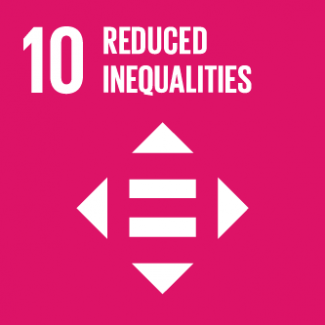
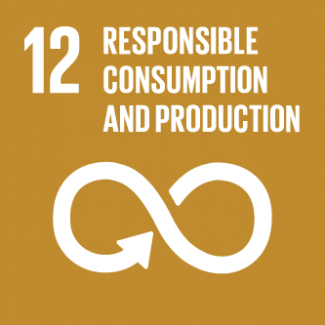
Business Model Description
Build digital platforms focused on providing end-to-end supply-chain assistance for aquaculture, including provision of harvesting support, addressing farm and feed needs and assisting in financing for farmers (for procurement of fishing vessels and fishing gear) Examples of some companies active in this space are:
Aruna, founded in 2016, is the largest integrated fisheries e-commerce that provides two solutions for fishermen: a digital fish auction platform to sell their catch at a fair price and a marketplace for seafood products, that utilizes data from the auction platform to ensure fair trade practices. It raised USD 35 mn in Series A from Prosus Ventures and East Ventures (Growth Fund). (13)
Expected Impact
End-to-end aquaculture supply-chain solutions to promote the development of the sector, ensure food security and promote sustainable development.
How is this information gathered?
Investment opportunities with potential to contribute to sustainable development are based on country-level SDG Investor Maps.
Disclaimer
UNDP, the Private Finance for the SDGs, and their affiliates (collectively “UNDP”) do not seek or solicit investment for programmes, projects, or opportunities described on this site (collectively “Programmes”) or any other Programmes, and nothing on this page should constitute a solicitation for investment. The actors listed on this site are not partners of UNDP, and their inclusion should not be construed as an endorsement or recommendation by UNDP for any relationship or investment.
The descriptions on this page are provided for informational purposes only. Only companies and enterprises that appear under the case study tab have been validated and vetted through UNDP programmes such as the Growth Stage Impact Ventures (GSIV), Business Call to Action (BCtA), or through other UN agencies. Even then, under no circumstances should their appearance on this website be construed as an endorsement for any relationship or investment. UNDP assumes no liability for investment losses directly or indirectly resulting from recommendations made, implied, or inferred by its research. Likewise, UNDP assumes no claim to investment gains directly or indirectly resulting from trading profits, investment management, or advisory fees obtained by following investment recommendations made, implied, or inferred by its research.
Investment involves risk, and all investments should be made with the supervision of a professional investment manager or advisor. The materials on the website are not an offer to sell or a solicitation of an offer to buy any investment, security, or commodity, nor shall any security be offered or sold to any person, in any jurisdiction in which such offer would be unlawful under the securities laws of such jurisdiction.
Country & Regions
- Indonesia: Kalimantan
- Indonesia: Sulawesi
- Indonesia: Western New Guinea
- Indonesia: Countrywide
Sector Classification
Food and Beverage
Development need
Food insecurity and poor nutrition (1) results in malnutrition, stunting and wasting.(2). Even though, aquaculture contributed 17.3 mn tons of food production (farmed fish, shrimp, and salt) in 2015-19 (3) food management remains weak due to inefficient fishery supply chains and lack of access to high-quality inputs, financing and aquaculture technology.
Policy
Medium-Term National Development Plan (RPJMN) 2020-24 aims to address the issue of undernourishment by increasing availability, access, and quality of aquaculture produce, improving management of marine/maritime affairs and fishery by 2024 through increased fish production (target -20.4 mn tons) and increasing funding for small-scale marine businesses at USD 55.43 bn. (3)
Gender inequalities and marginalization issues
Households in eastern regions experience higher food insecurity than those in western regions. In 2017, households in NTT were at the most risk (31.8%) while those in Bangka Belitung possessed the lowest risk (3.8%). (1)
Indonesian youth experiences low micronutrient nutrition- 12% male and 23% female adolescents experience anemia, which mostly caused by iron-deficiency. (4) ~40% smallholder farmers in Indonesia are women. Their role often goes unnoticed, particularly by private sector companies who fail to recognize their decision-making power and potential impact on the bottom line. (5)
Investment opportunities introduction
Indonesia's fisheries grew significantly at 4.55% in Q3 of 2021 year-on-year, compared to its previous year. This presents an opportunity for Indonesia to strengthen its Blue Economy development in line with the country's SDGs commitment, by creating sustainable ocean resources management and improved blue livelihoods and jobs. (6)
Key bottlenecks introduction
Inadequate logistics (distribution channels) and supply-chain management, low productivity of key crops, poor infrastructure and national food reserves, and climate change, adversely impact the achievement of food security and nutrition targets. (1)
Food and Agriculture
Development need
Marine resources sustainability is challenging as optimizing fisheries and aquaculture requires taking into account maximum sustainable yield, high cost of production input and climate change. Fishery productivity is quite low compared to its potential in several Fisheries Management Area (FMA) / Wilayah Pengelolaan Perikanan (WPP) (below 20%). (3)
Policy priority
National Medium-Term Development Plan 2020-2024, GoI sets to improve the management of maritime and marine affairs, and fisheries as a priority in increasing the carrying capacity and quality of economic resources for sustainable economic development. (3)
Gender inequalities and marginalization issues
The Kiara (Koalisi Rakyat untuk Keadilan Perikanan) noted that ~5.6 mn people are involved in fishing activities in 2018. These activities range from catching, processing, and selling. Of that number, 70% (3.9 mn) are women. (7)
Although having multiple tasks and responsibilities related to the household and the economy, by definition, they are still subordinated as fishermen's wives, not fisherwomen (8).
Majority of fisherwomen are involved in low-end value chain roles such as grading, sorting and market sales. In Jawa Tengah, women waited 2 years to receive their fishers insurance card, demonstrating existing norms that constrain women's accesses to sufficient support. (9)
Investment opportunities introduction
With total production exceeding 10 mn tons/year, total value of Indonesia's marine fishery is valued at USD 9.2 bn (10).
Aquaculture and fisheries development provide opportunities to address food insecurity, where over 50% of the population's animal-based protein needs are covered. (11)
Key bottlenecks introduction
Unsustainable (destructive) fishing practices due to low adoption of technology and inadequate fishing equipment and facilities. (12)
Meat, Poultry and Dairy
Pipeline Opportunity
Aquaculture Supply-chain Management
Build digital platforms focused on providing end-to-end supply-chain assistance for aquaculture, including provision of harvesting support, addressing farm and feed needs and assisting in financing for farmers (for procurement of fishing vessels and fishing gear) Examples of some companies active in this space are:
Aruna, founded in 2016, is the largest integrated fisheries e-commerce that provides two solutions for fishermen: a digital fish auction platform to sell their catch at a fair price and a marketplace for seafood products, that utilizes data from the auction platform to ensure fair trade practices. It raised USD 35 mn in Series A from Prosus Ventures and East Ventures (Growth Fund). (13)
Business Case
Market Size and Environment
> USD 1 billion
10% - 15%
6 mn fishermen (wild or inland/coastal waters) (16) Coastline - ~81,000 km; 7.38% utilized (17)
Total fish production is expected to expand from 179 mn tones in 2018 to 204 mn tones in 2030. Aquaculture production is projected to reach 109 mn tones in 2030, an increase of 32% (26 mn tones) over 2018. Such growth can be attributed to the growing population’s basic need for protein. (18)
Volume growth of aquaculture industry has surpassed that of capture fishing, and is likely to be a major growth driver for Indonesia’s economy. (15)
Freshwater fish segment was the most lucrative in 2019, with total revenues of USD 7.1 bn (~54% of the industry's overall value). (15)
Indicative Return
Aquaculture industry's revenues grew at a CAGR of 13.6% between 2015 and 2019. (15)
Aruna reported growth of >7x year-over-year in 2020. It has a base of 21,300 registered fishermen across 13 provinces in Indonesia. (13) It reported 86x growth in revenue in H1-2020 from H1-2019. (19)
Private Equity firms target 20-25% IRRs on their investment. Returns depend on stage of investment and the valuation at the time of exit. Example: Seed fund investors will earn a better return if they hold their investment, than the investors who enter at a later stage.
Investment Timeframe
Long Term (10+ years)
As per experts, payback period in aquaculture can be longer than 10 years since this is not a mature space. Moreover, since it is a capital intensive industry, it may have to raise funds more frequently to reach more milestones.
Ticket Size
> USD 10 million
Market Risks & Scale Obstacles
Business - Supply Chain Constraints
Capital - CapEx Intensive
Impact Case
Sustainable Development Need
Improve level of food security through stable and sustainable supply through aquaculture sector (23) Fish consumption per capita was estimated at 33.76 kg / year in 2014. (17)
Promote innovation to support coastline communities by building sustainable fisheries and marine economies which will have a positive impact on sustainable economic development. (13)
Use of technology to help in efficient production, increasing farmer's income, encouraging new entrants, increasing the seafood output for domestic consumption and export. (16) For example, eFishery helps farmers in increasing their production capacity by upto 26% and their income by upto 45%. (20)
Gender & Marginalisation
9/10 farmers are impoverished smallholder farmers and fisherfolk who live in rural areas and lack access to education, financing and basic infrastructure (potable water, electricity and sanitation). (16) Such conditions impact the productivity of these farmers and the quality of their produce.
Promote education and technical training of fishermen to uplift the sector and improve the quality of their produce. Out of >3 mn fish farmers, eFishery targets that ~1 mn fishermen (between 2023-2024) will be technology literate, i.e. ~30% of the current number of fish cultivators. (14)
Reduce gender disparities by recognising the contribution of women in aquaculture industry. 70% of 5.6 mn fisherfolk (2018) are women (3.9 mn) performing multiple tasks related to the household and the economy. However, they are still considered as fishermen's wives, not fisherwomen. (7)(8)
Expected Development Outcome
Build a robust supply chain and technology infrastructure steeped with deep industry knowledge and expertise to service the growing global demand for sustainable fishery products while supporting the livelihoods of local fishermen (13)
Support farmers in reducing their costs and improving their income level. eFishery has helped fish farmers grow their business by 70% (since joining) by using its feeding system to save ~30% in feeding costs, boost productivity and provide remote access to maintain control. (24)
Meet need for sustainable food amidst the problems of environmental degradation and global climate change (which in fish production) by maintaining a balance between ecology and economy with the development of sustainable aquaculture businesses for community empowerment and welfare. (25)
Gender & Marginalisation
Promote technological capabilities of fisherfolk, with local insights and global best practices, while preserving the ecosystem, empowering local communities and meeting the needs of the customer base. (13) Provide financial assistance to accelerate modernization and boost efficiencies. (18)
Promote the role of women (~50% labor force) in fisheries, aquaculture, seafood processing and related services who are currently employed in low-end value chain roles by providing them skill-set building and access to capital to improve their social and economic mobility.
Expand internet coverage in remote islands to bridge the communication between islands to offer market knowledge and lending opportunities. The best and diverse products come from remote marine islands in Northern or Eastern Indonesia. Due to connectivity issues, these markets are untapped.
Primary SDGs addressed

2.1.2 Prevalence of moderate or severe food insecurity in the population, based on the Food Insecurity Experience Scale (FIES)
2.2.1 Prevalence of stunting (height for age <-2 standard deviation from the median of the World Health Organization (WHO) Child Growth Standards) among children under 5 years of age
2017 - 8.66 2018 - 6.86 2019 - 5.42 2020 - 5.12 (26)
2013 - 37.2 2018 - 30.8 2019 - 27.67 (26)
Food Insecurity Experiences Scale (FIES) in 2030 with business-as-usual scenario: 4.70 Food Insecurity Experiences Scale (FIES) in 2030 with intervention scenario: 3.30 (1)
Prevalence of stunting in 2030 with business-asusual scenario - 22.37% Prevalence of stunting in 2030 with intervention scenario - 10% (1)

14.4.1 Proportion of fish stocks within biologically sustainable levels
2017 - 65.79 2018 - 66.79 2019 - 69.58 2020 - 71.14 (26)
Not available as on January-2022
Secondary SDGs addressed



Directly impacted stakeholders
People
Gender inequality and/or marginalization
Planet
Corporates
Public sector
Indirectly impacted stakeholders
People
Gender inequality and/or marginalization
Planet
Corporates
Public sector
Outcome Risks
For the IOA to be successfully implemented, operators need to spend time and money in training the fish farmers to understand the application of additional care that intensive farming requires. (18)
Successful implementation of this IOA will require financial support not just for fishing operations of farmers, but also to support their families while they sail. (26)
The business models will have to factor in marine insurance to protect the fishermen communities from losses due to a large harvest or famines due to winds with minimal catches. (26)
Natural calamities, Covid-19, etc. can impact the sector, leading to shortage of cargo and disrupted supply chain (critical for transport of perishable products in fisheries).
Gender inequality and/or marginalization risk: While fishery laws protect all fisherfolk, most norms only apply to fishermen, as women are recognized as wives of fishermen or placed in unpaid duties.
Impact Risks
Smallholder farmers may not benefit from this IOA as it's difficult for them to obtain funding directly from banks due to their risk profiling that requires higher level of scrutiny and documentation.
Gender inequality and/or marginalization risk: Under recognition of women in the workforce creates disproportionate gaps for women to further access economic opportunities (insurance or financing).
Impact Classification
What
Tech-enabled solutions to offer assistance with end-to-end supply chain operations under aquaculture.
Who
Underserved; Coastal communities benefit from improved productivity, increased income and improved employment opportunities (7mn jobs). Fishery sector meets protein needs of >50% population. (27)
Risk
Both large harvest and minimal harvest can result in heavy losses to the fish farming community, and by extension the business operator.
Contribution
Aquaculture production (fish and seaweed) is expected to grow at 5% by 2024, thereby fulfilling the population's animal-based protein needs and generating employment opportunities. (27)
How Much
Indonesia has ~6 mn fishermen [wild or inland/coastal waters] (16) operating across its ~81,000 km coastline [7.38% utilized]. (17)
Impact Thesis
End-to-end aquaculture supply-chain solutions to promote the development of the sector, ensure food security and promote sustainable development.
Enabling Environment
Policy Environment
The RPJMN 2020-24: aims to boost productivity; quality and safety of fishery products; the development of modernized, sustainable aquaculture clusters, as well as a sustainable and efficient capture fishery system; and facilitation of small and large fishery cooperation. (3)
Developing commodities high in economic value, such as tuna, skipjack, cob, shrimp, catfish is also targeted, in line with attaining export objectives and achieving improved food security. (3)
RPJMN 2020-24: recognizes the policy strategy of facilitating business growth, financing/investment, market access, as well as insurance provisions towards improving the livelihoods of all fishermen/women and fishery businesses at every scale. (3)
Such policy direction targets the development of accessible and affordable financing schemes or products, provision of land certifications for fishery actors and increased investment in fishery alongside conducive regulations, such as simplified business licensing. (3)
It also aims to strengthen the human resource aspect of the fishery sector through encouraging technological adoptions in business and research, distributing sustainable and efficient use of fishery technology, providing digital counseling to improve marine business literacy. (3)
Financial Environment
Financial incentives: BKPM Regulation No. 5/2020 provides an Income Tax Facility through six-year net income reduction of 5% annually or 30% of the investment value in the form of tangible fixed assets including land, used for main business activities. (30)
Fiscal incentives: Presidential Decree No. 10/2021 states that foreign investors may only carry out business activities in large-sized enterprises (including Marine Fish Cultivation Production Facilities) with an investment value of >USD 0.6 mn excluding the value of land and buildings. (31)
Other incentives: Presidential Regulation 49/2021 establishes provisions of tax allowances for investments in the capture and cultivation of fish species such as Crustacea, Mollusca. (32)
Regulatory Environment
Law No. 7/2016 concerning Protection and Empowerment of Fishermen, Fish Raisers and Salt Farmers invites private participation to address the financing or capital needs of fishery business actors with the aim to address sustainable development of fishery businesses. (28)
It aims to develop fishery business infrastructure and facilities, improve capacities of above mentioned fishery business actors and provide protection to said workers against climate change risks. (28)
Law No. 45/2009 covers regulations by the Ministry of Marine Affairs and Fisheries on the standard quality of fishery products, and provisions on Trading Business License (SIUP), Capture Fishery License (SIPI) and Fish Transporting Vessel License (SIKPI). (29)
It also covers regulations by the GoI on the quality control of fish parent and sperm cultivation and the order of the utilization of water and area for fish cultivation, to ensure quantity and quality of water. (29)
Marketplace Participants
Private Sector
Corporates: eFishery, Aruna Investors: Go-Ventures, Northstar Group, Temasek, SoftBank Vision Fund 2, Sequoia Capital India, GSMA Ecosystem Accelerator, Aqua Spark, Prosus Ventures, East Ventures, SIG, AC Ventures, MDI, Vertex Ventures
Government
Ministry of Marine and Fishery, Ministry of Industry
Multilaterals
Food & Agriculture Organization (FAO), ASEAN PPP for Sustainable Fisheries and Aquaculture
Non-Profit
Indonesian Traditional Fishers Association (KNTI), People's Coalition for Fisheries Justice (KIARA), Indonesia Ocean Pride, Carbon Ethics, Masyarakat Akuakultur Indonesia (MAI)
Public-Private Partnership
Indonesia Fishery Product Processing & Marketing Association (AP5I)
Target Locations
Indonesia: Kalimantan
Indonesia: Sulawesi
Indonesia: Western New Guinea
Indonesia: Countrywide
References
- (1) Republic of Indonesia. 2019. Roadmap of SDGs Indonesia Towards 2030. https://www.unicef.org/indonesia/media/1626/file/Roadmap%20of%20SDGs.pdf.
- (2) Hadyan, Rezha. Bisnis.com, 2021. Indeks Ketahanan Pangan Global 2020: Posisi Indonesia Turun ke-65. https://ekonomi.bisnis.com/read/20210313/12/1367047/indeks-ketahanan-pangan-global-2020-posisi-indonesia-turun-ke-65
- (3) Republic of Indonesia. 2020. Indonesia's 2020-2024 National Medium-Term Development Plan (RPJMN). https://perpustakaan.bappenas.go.id/e-library/file_upload/koleksi/migrasi-data-publikasi/file/RP_RKP/Narasi-RPJMN-2020-2024-versi-Bahasa-Inggris.pdf.
- (4) Rokom. Sehat Negeriku, 2018. Kenali Masalah Gizi yang Ancam Remaja Indonesia. https://sehatnegeriku.kemkes.go.id/baca/rilis-media/20180515/4025903/kenali-masalah-gizi-ancam-remaja-indonesia/
- (5) Palladium. 2020. Women in Indonesia are Farmers and Decision Makers: What Businesses Need to Know. https://thepalladiumgroup.com/news/Women-in-Indonesia-are-Farmers-and-Decision-Makers-What-Businesses-Need-to-Know
- (6) Ministry of Investment/BKPM. Blue economy holds the key to Indonesia’s sustainable prosperity. https://www.bkpm.go.id/en/publication/detail/news/blue-economy-holds-the-key-to-indonesias-sustainable-prosperity
- (7) Sihombing, Martin. Bisnis.com, 2018. 3,9 Juta Perempuan Nelayan Belum Diakui Negara. https://ekonomi.bisnis.com/read/20180222/99/741892/39-juta-perempuan-nelayan-belum-diakui-negara
- (8) Mubarok, Falahi. Mongabay, 2021. Hari Nelayan: Nasib Perempuan Nelayan yang Masih Kelam. https://www.mongabay.co.id/2021/04/07/hari-nelayan-nasib-perempuan-nelayan-yang-masih-kelam/
- (9) Napitupulu, Lucentezza, and Tanaya, Smita. World Resources Institute (WRI) Indonesia, 2020. 3 Reasons Why Women In Fisheries Matter For An Inclusive Economic Recovery. https://wri-indonesia.org/en/blog/3-reasons-why-women-fisheries-matter-inclusive-economic-recovery
- (10) Ariesta, Anggie. IDX Channel, 2021. Menteri KKP Sebut Nilai Produksi Perikanan Capai Rp132 Triliun. https://www.idxchannel.com/economics/menteri-kkp-sebut-nilai-produksi-perikanan-capai-rp132-triliun
- (11) World Bank. 2021. Press Release: A Sustainable Ocean Economy is Key to Indonesia’s Prosperity. https://www.worldbank.org/en/news/press-release/2021/03/25/sustainable-ocean-economy-key-for-indonesia-prosperity
- (12) Presidential Advisory Council (Wantimpres) of the Republic of Indonesia. 2017. Indonesian Fisheries Potential. https://wantimpres.go.id/id/potensi-perikanan-indonesia/
- (13) Prosus. 2021. Indonesia’s fisheries platform, Aruna, secures Series A funding of US$ 35 million. https://www.prosus.com/news/indonesias-fisheries-platform-aruna-secures-series-a-funding-of-us-35-million/
- (14) Budianto, Arif. IDX Channel, 2021. Fishery Cultivation Potential Reaches USD1.2 Trillion, But Lack of Technology. https://www.idxchannel.com/economics/potensi-budidaya-perikanan-capai-usd12-triliun-namun-minim-teknologi
- (15) MarketResearch.com. Aquaculture in Indonesia. https://www.marketresearch.com/MarketLine-v3883/Aquaculture-Indonesia-13512433/
- (16) CompassList. 2020. Indonesia Agritech Report 2020: Startups, Investors and Outlook. https://www.compasslist.com/reports/indonesia_agritech_report_2020
- (17) Ipsos Business Consulting. 2016. Indonesia’s Aquaculture Industry: Key Sectors for Future Growth. https://www.ipsos.com/sites/default/files/2016-08/indonesia-aquaculture-industry.pdf
- (18) Food and Agriculture Organization (FAO). 2020. The State of World Fisheries and Aquaculture 2020: Sustainability in action. https://doi.org/10.4060/ca9229en
- (19) Deal Street Asia. 2021. Indonesian aquaculture startups eFishery, Aruna in talks to raise funding. https://www.dealstreetasia.com/stories/indonesia-aquaculture-startups-240431/#:~:text=Per%20a%20DealStreetAsia%20report%20last,81%25%20from%20%2432%2C892%20in%202017.
- (20) The Business Times. 2022. Indonesia's eFishery raises US$90m in Series C round co-led by Temasek. https://www.businesstimes.com.sg/garage/indonesias-efishery-raises-us90m-in-series-c-round-co-led-by-temasek
- (21) Deal Street Asia. 2021. Indonesia's eFishery said to be in talks to raise funding from SoftBank, Sequoia, Temasek. https://www.dealstreetasia.com/stories/softbank-sequoia-temasek-efishery-262604/#:~:text=eFishery%20had%20raised%20a%20pre,Series%20A%20round%20in%202018.&text=He%20said%20that%20eFishery%20had,fold%20from%20the%20previous%20year.
- (22) AgFunder. 2020. ASEAN Agrifoodtech Investment Report 2020. https://research.agfunder.com/2020/2020-asean-agrifoodtech-investment-report-final.pdf
- (23) eFishery. About Us: eFishery. https://efishery-com.translate.goog/about_us/?_x_tr_sl=id&_x_tr_tl=en&_x_tr_hl=en&_x_tr_pto=sc
- (24) KrAsia. 2021. Buy fish feed now, pay after the harvest: eFishery continues to revamp the conventional fish industry. https://kr-asia.com/buy-fish-feed-now-pay-after-the-harvest-efishery-continues-to-revamp-the-conventional-fish-industry
- (25) Directorate General of Fisheries Cultivation. 2018. Towards Realizing Food Sustainability, KKP Drives Climate Change-Based Aquaculture Innovation https://kkp.go.id/djpb/artikel/6860-wujudkan-pangan-berkelanjutan-kkp-dorong-inovasi-akuakultur-berbasis-perubahan-iklim
- (26) Republic of Indonesia. 2021. Voluntary National Review: Annexes. https://sdgs.bappenas.go.id/laporan-voluntary-national-review-vnr-indonesia-2021/
- (27) World Bank. 2021. Oceans for Prosperity: Reforms for a Blue Economy in Indonesia. https://www.worldbank.org/en/news/press-release/2021/03/25/sustainable-ocean-economy-key-for-indonesia-prosperity
- (28) Republic of Indonesia. 2016. Law (UU) No.7/2016 concerning the Protection and Empowerment of Fishermen, Fish Raisers and Salt Farmers. http://extwprlegs1.fao.org/docs/pdf/ins159362Ind.pdf
- (29) Republic of Indonesia. 2009. Law (UU) No.45/2009 concerning Fishery. http://extwprlegs1.fao.org/docs/pdf/ins97600.pdf
- (30) Indonesia Investment Coordinating Board (BKPM). 2020. BKPM Regulation No.5/2020, revoking BKPM Regulation No.6/2018, concerning Guidelines of Entity Income Tax Incentives in Certain Industries and/or Regions. https://peraturan.bpk.go.id/Home/Details/169073/peraturan-bkpm-no-5-tahun-2020
- (31) Republic of Indonesia. 2021. Presidential Decree No.10/2021 concerning Investment in Business Fields. https://jdih.bumn.go.id/lihat/PERPRES%20Nomor%2010%20Tahun%202021
- (32) Republic of Indonesia. 2021. Presidential Regulation (Perpres) No.49/2021, amending Presidential Decree No.10/2021, concerning Investment in Business Fields. https://jdih.bumn.go.id/lihat/PERPRES%20Nomor%2049%20Tahun%202021
- (33) East Ventures. 2020. Aruna records 86x growth during pandemic, raised fresh funds from existing investors. https://east.vc/aruna/aruna-records-86x-growth-during-pandemic/
- (34) Universitas Muhammadiyah Pontianak (UNMUHPNK). 2018. Potential and Prospects of Aquaculture Development in West Kalimantan. http://fpik.unmuhpnk.ac.id/posts-30-potensi-dan-prospek-pengembangan-akuakultur-di-kalimantan-barat

